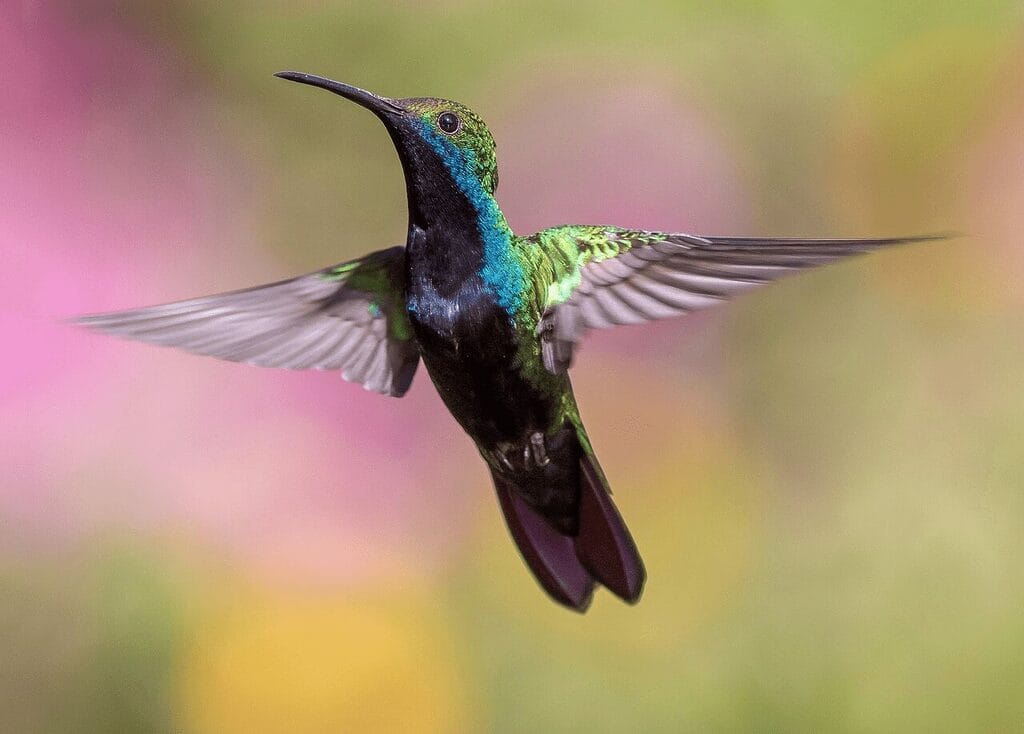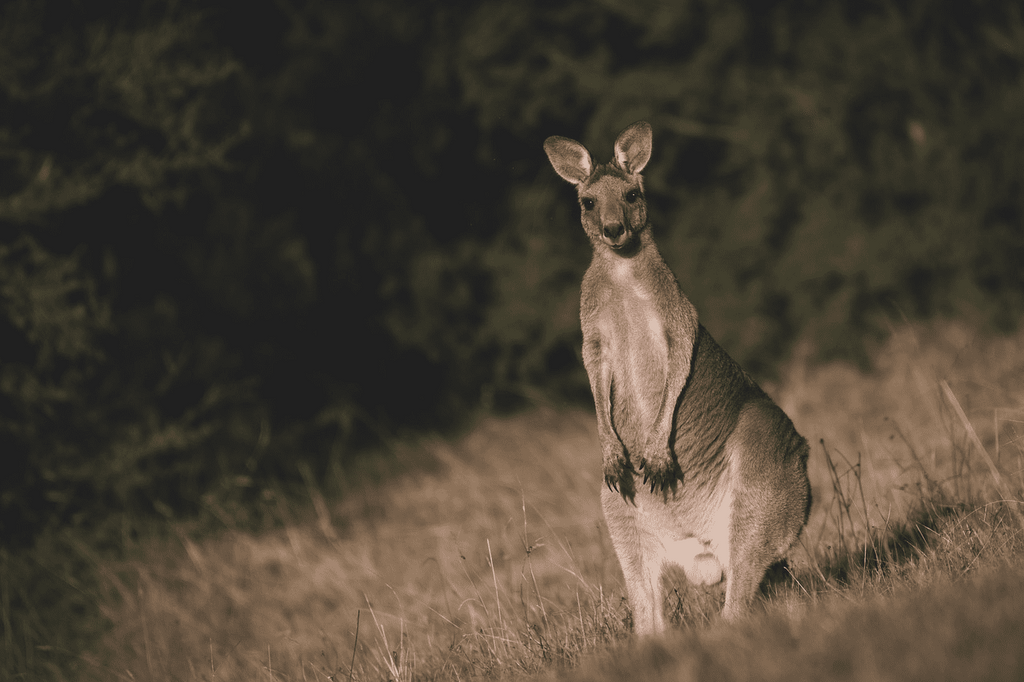The animal kingdom is a vibrant and varied domain, characterized by a complex interplay of energy and agility crucial for survival. Central to this biological spectacle are “Hyper Animals,” a unique group of creatures that break away from the usual patterns of inactivity, embodying a life powered by ceaseless vigor.
The role of hyperactivity in the animal kingdom is crucial, as it significantly influences an organism’s capability to explore, hunt, and escape predators, showcasing the remarkable adaptability and resilience of these energetic beings.
Energy, in the form of metabolic prowess, is the lifeblood of hyperactive animals. This allows for sustained bursts of speed, agility, and heightened sensory awareness. From the cheetah’s lightning-fast sprints to the acrobatic prowess of tree-dwelling primates, hyperactivity is a testament to the evolutionary arms race for survival.
These animals have honed their abilities to exploit niches in their ecosystems, showcasing the direct link between energy expenditure and adaptive success.
Agility, on the other hand, is the finely tuned response to environmental challenges. It enables animals to navigate complex terrain, ambush prey, or execute evasive maneuvers. Whether it’s the erratic flight patterns of hummingbirds or the precision leaps of a gazelle, agility is the cornerstone of effective locomotion and survival. As researchers delve into the intricacies of hyperactivity, they unravel the evolutionary tales of these exceptional beings, providing valuable insights into the grand tapestry of life on Earth.
The Top 5 Energetic Animals in Nature
1 – The Swift Cheetahs

Cheetahs, Earth’s fastest land animals, boast a streamlined anatomy designed for speed. Their lightweight frame, long legs, and powerful muscles generate explosive acceleration. Adaptations like non-retractable claws and specialized respiratory and cardiovascular systems optimize their sprinting abilities. Cheetahs employ a unique hunting strategy, relying on unparalleled bursts of speed to catch prey.
However, this swiftness comes with challenges. Prolonged chases deplete cheetahs’ energy rapidly, leaving them vulnerable to scavengers. Human encroachment, habitat loss, and reduced prey populations compound survival challenges for these remarkable predators, highlighting the delicate balance between speed-driven hunting prowess and the threats of a changing environment.
2 – The Agile Squirrel Monkeys
Squirrel monkeys, inhabitants of tropical rainforests, showcase remarkable acrobatic prowess and vibrant social behaviors. Their lithe bodies and long tails facilitate agile movements through dense canopies, while strong prehensile tails aid in balancing. Living in large, tight-knit groups, these monkeys engage in complex social interactions, fostering cooperation and communication.
Their high-energy lifestyle involves frenetic tree-to-tree travel, rapid jumps, and intricate leaps, reflecting an adaptability crucial for foraging and evading predators. This dynamic combination of acrobatics and sociality defines the exuberant existence of squirrel monkeys, illustrating how their evolutionary traits have evolved to thrive in the challenging ecosystems of tropical rainforests.
3 – The Energetic Hummingbirds

Hummingbirds, nature’s avian acrobats, possess unique features that enable their mesmerizing hovering and rapid flight. Their remarkable wing structure allows figure-eight motion, generating lift and sustained hovering. With the ability to beat their wings up to 80 times per second, they achieve astonishing speeds.
To fuel such high-energy endeavors, hummingbirds rely on a specialized diet of nectar, supplemented by insects for protein. As they feed, their heads plunge deep into flowers, facilitating inadvertent pollen transfer and making them vital pollinators. The intricate interplay of rapid flight, specialized diet, and inadvertent pollination showcases the extraordinary adaptations defining hummingbirds’ ecological significance.
4 – The Spirited Dolphins
Dolphins, renowned for their playful and energetic demeanor, engage in a myriad of social behaviors that mirror their high intelligence. Playful antics, such as leaping, tail-slapping, and riding waves, showcase their exuberance. Communication among dolphins is intricate, involving a diverse range of clicks, whistles, and body language, fostering complex social bonds.
These marine mammals often form tight-knit pods, collaborating in hunting and protection. Their social interactions extend to altruistic behaviors, with dolphins aiding injured or distressed individuals. The blend of playfulness, communication skills, and cooperative social structures underlines the vibrant and intelligent nature of these captivating marine creatures.
5 – The Jumping Kangaroos

Kangaroos, iconic marsupials of the Australian outback, boast powerful hind legs that define their distinctive hopping locomotion. Their elongated and muscular hind limbs, combined with a strong tail, enable remarkable propulsion and energy efficiency in hopping. This allows them to cover vast distances effortlessly.
This adaptation is a response to the arid landscapes that kangaroos inhabit, allowing them to conserve energy while foraging for sparse vegetation. Well-adapted to the harsh conditions, kangaroos also have a unique reproductive strategy, carrying and nursing their young in pouches. The evolutionary mastery of their locomotion and reproductive adaptations highlight the kangaroo’s resilience and efficiency in navigating the challenging Australian environment.
The Science Behind Hyperactivity in Animals
Energy Metabolism and Adaptations
High-energy lifestyles in animals necessitate intricate physiological adaptations to efficiently use and conserve energy. Metabolic rates, the pace at which an organism expends energy, vary widely among species. In hyperactive animals, like cheetahs or hummingbirds, finely-tuned metabolic systems facilitate rapid bursts of energy. Cheetahs, Earth’s fastest land animals, possess streamlined bodies and powerful muscles, utilizing anaerobic metabolism for short bursts of speed. Hummingbirds, with their exceptional wing beats, have highly efficient metabolic pathways, extracting energy from nectar with remarkable speed.
Energy-efficient adaptations extend to thermoregulation. Desert-dwelling animals, such as the Fennec fox, have evolved efficient cooling mechanisms to endure scorching temperatures, minimizing water loss. Similarly, the Arctic fox’s dense fur and compact body conserve heat in frigid climates. In the aquatic realm, dolphins showcase streamlined bodies for hydrodynamic efficiency, conserving energy during swift swimming. Migration, a high-energy endeavor, sees species like wildebeests or monarch butterflies adapt to traverse long distances efficiently.
Furthermore, evolutionary mechanisms optimize energy acquisition from diverse diets. The koala’s low-energy leaf diet and the panda’s bamboo consumption demonstrate specialized adaptations for extracting nutrients. Overall, the interconnected web of metabolic, thermoregulatory, and dietary adaptations underscores how animals in diverse ecosystems have evolved to meet the demands of their high-energy lifestyles.
- What Should I Do If A Koala Bites Me? Safety Guide - 2024-05-30
- Are Kangaroos Born Without Hind Legs? A Fascinating Journey - 2024-05-30
- Animals That Look Like Squirrels - 2024-05-30







